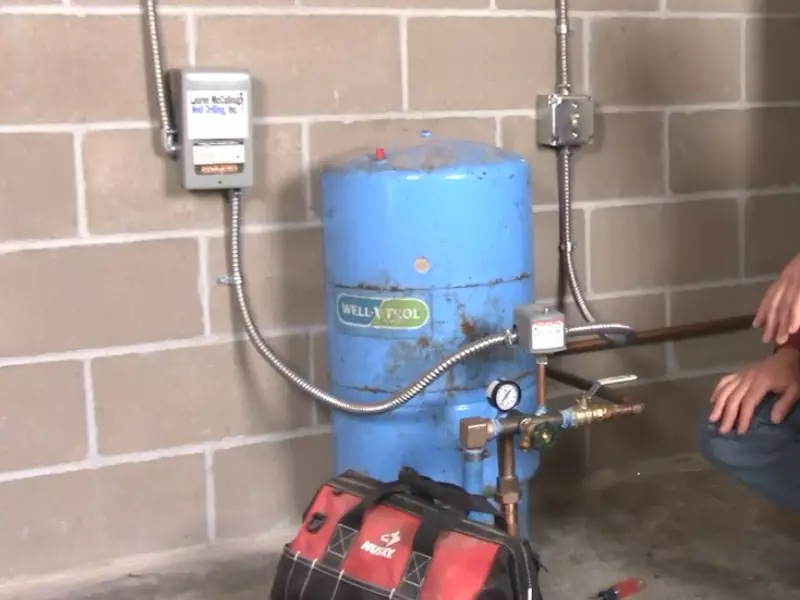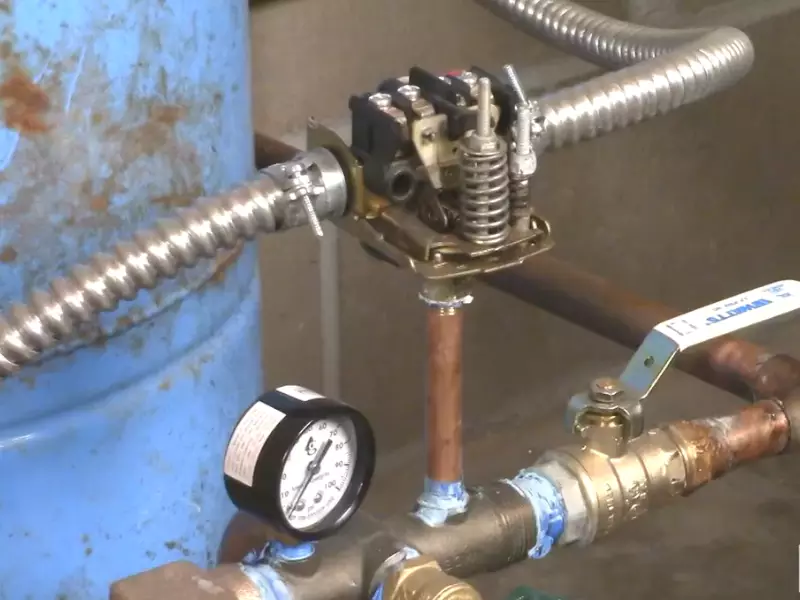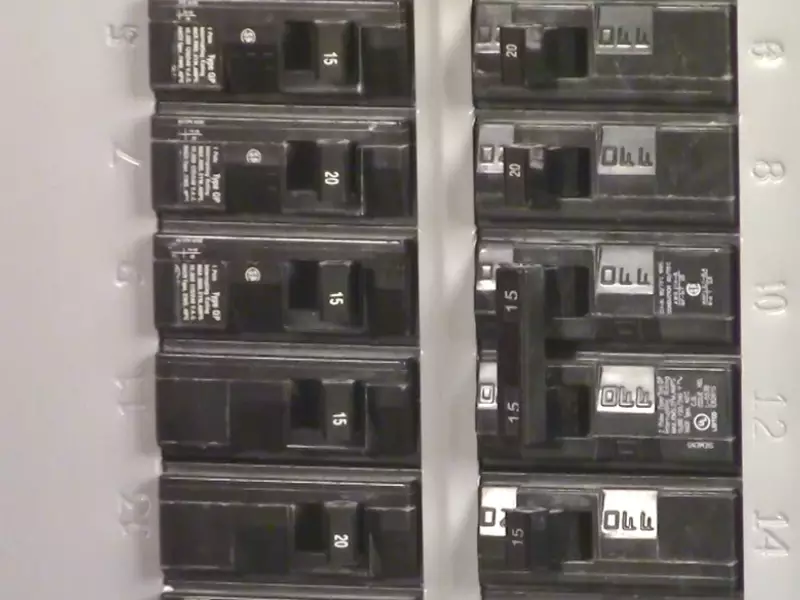Water wells have been the cornerstone of civilization, quenching our thirst and providing life-sustaining hydration. They are essential, especially in areas where municipal water sources aren’t accessible. However, as we delve deeper into the modern age, many wells face the challenge of running dry.
Finding your well dry is not just a household inconvenience; it disrupts a primary source of freshwater. Properly fixing this issue can restore the water flow and, in turn, bring stability back to households relying on the well.
Dry wells are a concern not just for the present, but for future water security. Addressing and resolving this matter promptly is vital for long-term water access.
Identifying the Issue
When we talk about a dry water well, it’s essential to first pinpoint the underlying problem. Recognizing the initial signs can help tackle the problem early on and possibly save the well from drying up altogether. Here’s how you can do it:

Signs of a Drying Well:
- Reduced Pressure: If you start noticing that the water from your faucets or showers is not flowing with the usual pressure, it could be a sign that your well is struggling.
- Muddied Water: When wells start to run low, they often pull from the bottom, which results in a higher sediment concentration. So, if your water starts to appear murky or muddy, it’s a red flag.
- Intermittent Supply: If the water supply starts and stops intermittently, it’s a sign of a well struggling to provide a consistent flow.
Factors Leading to a Dry Well:
- Over-extraction: Drawing more water than what’s being naturally replenished can quickly deplete your well. Especially during the summer months, excessive usage can lead to problems.
- Dropping Water Table: This can be due to a combination of reasons, from droughts and over-extraction in the surrounding areas to shifts in underground water flows.
- Geological Shifts: Earthquakes, landslides, and other geological events can shift the water table or block the underground streams feeding your well.
Method 1: Deepening the Well
Over time, the static water level of a well can drop, especially in regions experiencing reduced rainfall or increased groundwater extraction. Deepening the well might be the solution.
How Does it Work?
- Assessment: Before deepening, a thorough examination by professionals ensures that the reduced water isn’t due to blockages or damages to the well structure.
- Drilling Deeper: Once assessed, drilling equipment is used to deepen the well, reaching the water table’s new levels.
- Benefits: This method often results in accessing fresher and cleaner water, as you’re tapping into deeper aquifers.
Considerations:
- Cost: Deepening a well can be expensive, considering the machinery and expertise required.
- No Guarantee: There’s always a possibility that even after deepening, the water yield might not improve if the deeper layers are not permeable enough.
Method 2: Hydrofracturing
Hydrofracturing is a potent technique, especially for older wells situated in rocky terrains, where natural fractures might have clogged over time.
The Process:
- Injection: A high-pressure water stream is directed into the well, aiming to open up existing fractures or create new ones.
- Expansion: These fractures can lead to increased water flow as they tap into water-bearing zones previously not connected to the well.
Safety and Environment:
- Professional Supervision: It’s crucial to have this process overseen by experts, ensuring there’s no structural damage to the well.
- Environmental Impact: Care needs to be taken to ensure that the surrounding groundwater isn’t contaminated during the process.

Method 3: Installing a Holding Tank
A holding tank works as a buffer, especially beneficial during peak usage times, ensuring that water demand is always met.
Why Consider a Holding Tank?
- Consistent Supply: Even when the well can’t keep up with real-time demand, the tank provides a consistent flow.
- Reduced Stress on the Well: The well can replenish during non-peak times, reducing the chances of it running dry.
Maintenance and Setup:
- Regular Cleaning: Tanks need to be cleaned and sanitized regularly to prevent algae growth and contamination.
- Size Matters: Depending on the water needs and well’s yield, the size of the tank will vary.
Method 4: Drilling a New Well
When other methods fail, or if the current well’s location isn’t viable anymore, drilling a new well might be the best course of action.
Steps to Drill a New Well:
- Site Evaluation: Conducting geological surveys to find the optimal spot with a promising water yield.
- Permits: Depending on your jurisdiction, you might need permissions and permits to drill a new well.
- Drilling Process: Professional well drillers will then bore a new hole, set up casings, and establish a new well.
Benefits and Considerations:
- Fresh Start: A new well often means cleaner water and a better yield.
- Investment: It’s a significant investment, both in terms of time and money.
Method 5: Water Conservation Techniques
A shift in our water consumption habits can significantly impact the well’s longevity. Here are some water conservation techniques:
- Efficient Appliances: Use water-saving appliances like high-efficiency washing machines and dishwashers.
- Leak Checks: Regularly check for and fix leaks in the plumbing system.
- Reusing Water: Collect and reuse rainwater or consider setting up a greywater system for gardens.

Precautionary Measures
Protecting your water well from running dry is equally crucial as fixing it. Implementing preventative methods can save both time and money in the long run, ensuring a consistent and clean water supply. Here’s a comprehensive look into various precautionary measures to consider:
Regular Monitoring
- Water Levels: Periodically measure the water levels, especially during the drier months, to keep an eye on any alarming drops.
- Water Quality: Regular water testing can indicate problems like increased sediment levels, signaling a drying well.
Sustainable Usage
- Off-Peak Drawing: Try to draw water during non-peak hours, allowing the well to replenish.
- Rationing: In drought-prone areas, it’s wise to ration water usage, prioritizing essential tasks.
Regular Maintenance
- Annual Checkups: Employ a well expert to conduct annual checkups, ensuring everything runs smoothly.
- Filter Cleaning: Ensure that the well filters are clean, preventing sediment build-up, which can restrict water flow.
Diversify Your Sources
- Rainwater Harvesting: Set up systems to collect and store rainwater. It can significantly reduce the load on your well.
- Greywater Systems: Reusing water from showers, sinks, and washing machines for gardening purposes can save a substantial amount of well water.
Educate and Advocate
- Community Awareness: Encourage community-wide water conservation efforts. Collective action can significantly benefit the broader groundwater system.
- Stay Updated: Knowledge is power. Stay informed about the latest trends, technologies, and conservation techniques related to well maintenance and water usage.
Economic and Environmental Considerations
Restoring a dry well isn’t just about convenience; it’s an economic decision. Over the long run, fixing a well can result in significant savings, eliminating the need to rely on external water sources. Moreover, sustainable well usage ensures minimal environmental impact and maintains the natural water table’s balance.
Frequently Asked Questions
Why does my well keep running dry?
Your well might be running dry due to several reasons, including over-extraction, reduced recharge rates, or geological shifts that move the water table deeper.
How often should I check my well’s water level?
It’s advisable to check your well’s water level at least once a month. If you notice any anomalies or significant drops, it’s essential to consult an expert.
Can a well replenish itself after going dry?
Yes, depending on the reason it went dry. If over-extraction is the issue, reducing water usage can allow the well to replenish. However, if geological factors are at play, the well might not recover without intervention.
Conclusion
Wells, as age-old water sources, remain vital for countless households. Addressing dry well issues is not just an immediate need but a step towards ensuring future water security.
Restorative measures, when implemented correctly, can bring a dry well back to life, serving the community for years to come. Through proactive measures and sustainable practices, we can ensure our wells remain functional and continue to quench our thirst.